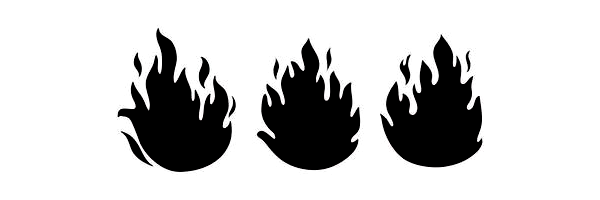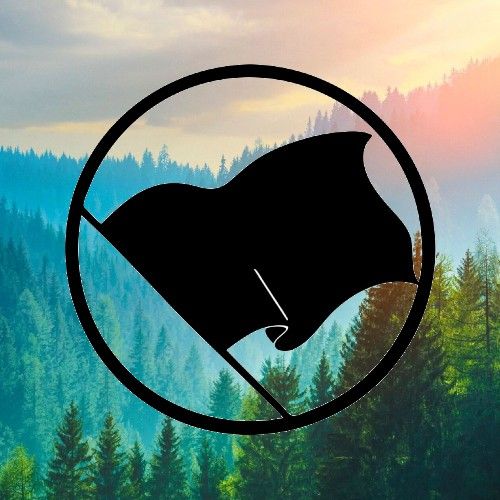
here are the studies that were shared with me through my research hub on the topic of shoplifting. i'm still looking for more though!
https://www.jstor.org/stable/2576686
@cursecatsupdairy hey! they started working this morning, awesome. thank you!
@cursecatsupdairy unfortunately i can't seem to get those links to load for me
@elbienmaspreciado oh lmao im surprised my quick searches online showed literally no results for that. thanks!
@elbienmaspreciado what's that a quote from?
A Tatar Shaman, Minusinsk, Siberia, 1910.
A large minority of people in North Asia, particularly in Siberia, follow religio-cultural practices of Shamanism. Some researchers regard Siberia as heartland of Shamanism.
Siberian Shamans, reenacting their dreams wherein they had rescued soul of client, were conducted in, Oroch, Altai, and Nganasan healing séances.
© Historical Photographs
@Tzipporah that's so fuckin cute oh my gosh i love it!
@agreedyboi no spam on my end dw!!! thank you for the birthday wishesss
@rocopltx thank you!! 🥳
fire for fields and forests
https://yourforestpodcast.com/good-fire-podcast - a podcast about tending the land with fire and other natural wisdom by experienced elders, younger native people, and scholars, mostly indigenous. I was a little curious about how people traditionally used fire in their farming. Now, I'm a believer.
I learned that some native people do a "cultural" burn after they know the land and for something specific in the landscape, e.g., a species or just the whole system, but not all native people do a "cultural" burn. A human-managed forest has trees that are spaced out. One thing this does is allow precipitation to reach the soil and the roots.
I also learned that intentional fires are not just for preventing catestrophic burns that ruin the topsoil. Burning an area causes native plants and grasses to emerge. I bet you can easily raise plants from seed in a swidden. A burned area stays thinned out for eight years. They burn next to something green, next to water, or when rain is imminent. Those with traditional experience say it will go out eventually. People also burn to prevent ticks.
I had to search for a video that they mentioned in season 2, episode 3, but I'm not sure if I found it. Here is what I found: Gathering Voices Society on Vimeo, https://vimeo.com/user105935556.
Here's a fire-related quote that I've posted before:
"low-intensity fires were created in such a way that they did not get out of hand and did not harm trees and other large vegetation. Burning released nutrients to the soil, stimulated regrowth—which provided forage for game and other wildlife—and prevented a buildup of fuel, which would otherwise result in disastrous wildfires. It also created and maintained prairies and meadows, increased the abundance of food-producing bulbs and grasses, enhanced the density and diversity of plants, reduced competition, and helped control insects and disease."
"The effect of these practices ... was to maintain large and small areas at a mid-succession stage by simulating natural disturbance. The disturbances often reduced the dominance of existing communities, creating openings for colonization by other species. While the biomass was reduced temporarily, it was more than made up for by the increased vigor of the new growth. Some areas were burned every two or three years, others every five or six, while others were burned every fifteen years or so." (One-Straw Revolutionary, chapter five)
A similar podcast is The Big Burn, https://laist.com/podcasts/the-big-burn, but only the third and fourth episodes contain indigenous knowledge.
I read that southeast North "American" natives used to burn underbrush, grass, and weeds, too. ("Native American 'Garden Agriculture' in Southeastern North America" by C Margaret Scarry and John F Scarry from World Archaeology, Vol 37, No 2 (Jun 2005) jstor.org/stable/40024233)
#agroforestry #indigenousAustralia @indigenousauthors #IndigenousKnowledge #indigenousPeoples #indigenousPeople #IndigenousAustralians #Aboriginal #FirstNations #LandBack #IndigenousAuthors #NativeAmericans #ClimateChange #NationalParks #CrownLand
"As expressed in panmetallism, metal is coextensive to the whole of matter, and the whole of matter to metallurgy. Even the waters, the grasses and varieties of wood, the animals are populated by salts or mineral elements. Not everything is metal, but metal is everywhere.
Metal is the conductor of all matter. The machinic phylum is metallurgical, or at least has a metallic head, as its itinerant probe-head or guidance device. And thought is born more from metal than from stone: metallurgy is minor science in person, "vague" science or the phenomenology of matter. The prodigious idea of Nonorganic Life—the very same idea Worringer considered the barbarian idea par excellence—was the invention, the intuition of metallurgy.
Metal is neither a thing nor an organism, but a body without organs...
The relation between metallurgy and alchemy reposes not, as Jung believed, on the symbolic value of metal and its correspondence with an organic soul but on the immanent power of corporeality in all matter, and on the esprit de corps accompanying it." -Deleuze and Guattari
@CedarTea@mstdn.ca here are a couple quick screenshots of what they said. mostly revolving around a bit i left out (for character limit reasons) of #2 in which they say "From turba to turbo" and then tying that together with #3's "the model is a vortical one; it operates in an open space throughout which thing-flows are distributed" and describing the turbocharger on these terms.
A wandering deer, building shrines along the way.
